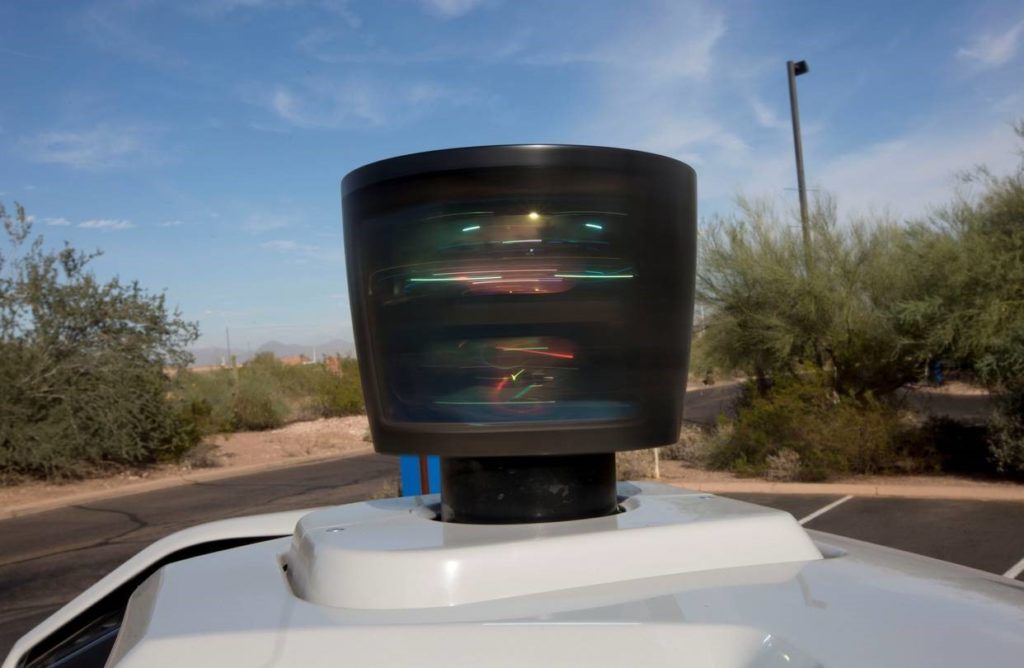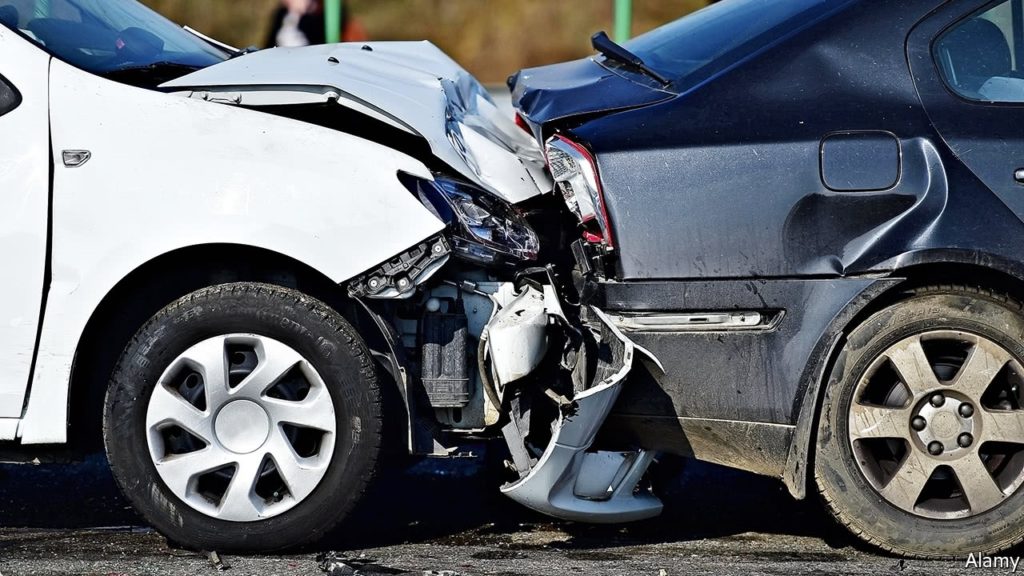1. When an engineer’s implicit bias becomes a computer’s

Can the machine learning algorithms that underpin the operation of autonomous vehicles perpetuate—or worsen, even—social, structural biases against people of color?
Maybe, according to a new paper (PDF) from the Georgia Institute of Technology, where researchers tested the accuracy of object detection systems (not unlike those used in driverless cars) in positively identifying pedestrians of varying skin colors.
Researchers paid human test subjects to review a collection of 3,500 images of people of varying skin tones and to mark each photograph with “LS” or “DS” to designate light or dark skin of the subject. That data was then fed into a neural network.
- Using the Fitzpatrick scale, a measure of human skin tone, the system earned “uniformly poor performance” marks for recognizing pedestrians with the three darkest skin shades.
- On average, positive object identification fell by five percent when examining pedestrians of darker skin.
Similarly, popular facial recognition software struggles to positively identify people of color. The algorithms’ failures have a proximate cause: machine learning reflects society’s (in particular, their engineers’) existing biases.
- It’s not that the technology is inherently incapable of recognizing people of color.
- If the dataset on which artificial intelligence is trained is skewed towards the biases of its engineers, those biases will be reflected in the computer.
Yes, but: Deep-learning object detection approaches that rely on camera imagery (like those tested by the Georgia Tech researchers) are not the exclusive means of field perception for autonomous vehicles. Most self-driving cars rely on a suite of perception systems and sensors. The most widespread of this componentry class, LiDAR (pictured above), uses infrared light pulses to identify hazards, including other vehicles, cyclists, and pedestrians.
Those systems work regardless of skin tone.
The Driverless Commute, a subscription-based service, is provided by Dentons’ global Autonomous Vehicles team. If you believe a colleague or associate would benefit from this service, please share this link so they may subscribe.
2. Subsidized AV access?

The probability of dying in a car continues to trend down, but for a handful of certain population sets the motor vehicle accident mortality rates are stubbornly defying that arc.
Some, like teen drivers, are easily explained by youthful inexperience or imprudence. But what about the poor and less educated, who, statistics show, are three times more likely to die in a car crash than are the highly educated and wealthy?
- Access to advanced driver assistance systems (ADAS) is the biggest driver of that safety delta, as vehicle classes available to lower-income drivers often lack lane control and object detection systems. But the capabilities of ADAS platforms are peanuts compared to Level 5 autonomy.
So, what if governments subsidized access to self-driving buses or other autonomous vehicles? There’s an economic incentive, as governments already bear tremendous cost in the event of crashes.
- Emergency management, vocational rehabilitation, coroner court processing of liability litigation, medical payments, social safety net assistance to the injured and their families all adds up—and to quite a lot. One 2008 study by the Association for the Advancement of Automotive Medicine estimated that US federal, state and local governments pay an estimated $35 billion annually because of crashes.
- Another report, by the National Highway Traffic Safety Administration, that analyzed the economic and social cost of highway deaths, caculated a total cost of $836 billion to society for road fatalities in 2010. That same report said public sources financed roughly 7 percent of all motor vehicle crash costs, costing the Treasury $18 billion in 2010.
Could marginal investment in public access to automotive autonomy reap rewards in both blood and treasure? Email us your thoughts.
3. The Auto(nomous) Bahn
- Navigant Research’s latest leadership, puts Waymo, GM’s Cruise Automation and Ford at the top of driverless pack.
- A British nonprofit has begun trialing driverless tech to help restore mobility to blind veterans in the United Kingdom.
- The Arkansas legislature has approved legislation to allow fully autonomous vehicles on public roads. Notably, the state is the corporate home to Walmart, which has begun exploring self-driving grocery delivery in the past six months.
- General Motors is doubling the staff assigned to its self-driving unit, bringing the total number to roughly 2,000.
- New Zealand just launched the country’s first 5G-connected AV trial in a partnership between Spark and Ohmio Automation.
Click here to speak with our experts and attorneys across the world to learn more about any of the items contained in this week’s report.


